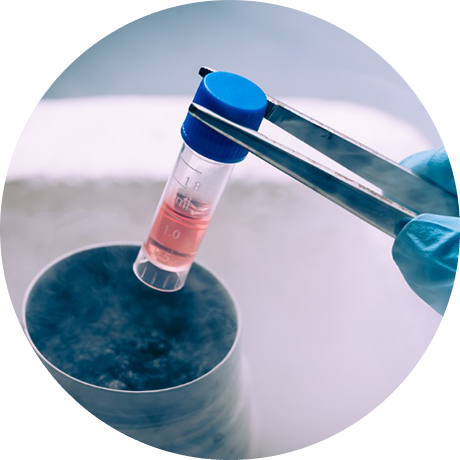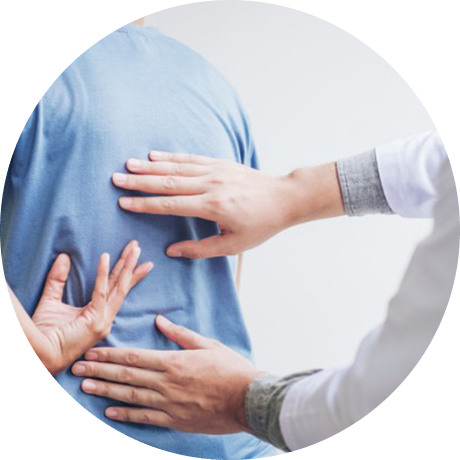- COVID-19 Update: Our office is OPEN and scheduling patients. We are dedicated to keeping our patients safe & healthy.
About Us
Welcome to Greenberg Regenerative Medicine
Scott Greenberg, MD specializes in holistic and comprehensive approaches to sports medicine, regenerative orthopedics, chronic pain, arthritis, and post-concussion syndrome. Using methods such as prolotherapy, PRP, and stem cell therapy, Dr. Greenberg ensures that every patient is treated properly so that they can get back to the daily activities they love. A world-renowned integrative and regenerative physician, Dr. Greenberg counts many Olympic athletes and professional sports stars among his patients. He performs approximately 4,000 procedures each year, and has treated many star/MVP athletes from teams such as the Philadelphia Flyers, Philadelphia Eagles, Philadelphia Phillies, Philadelphia 76ers, Baltimore Ravens, San Francisco 49ers, New England Patriots, Toronto Blue Jays, and Colorado Avalanche.
Regenerative Medicine
Get back to doing the things you love, faster without surgery
Stem Cell Therapy is a regenerative therapy that uses the body’s own mesenchymal stem cells and biological growth factors to heal and regenerate injured tissue such as ligaments, tendons, joints, and cartilage. Theoretically, stem cells can regenerate every organ, muscle, vascular system and nerve pathway in the body. When combined with Platelet Rich Plasma (PRP) treatment, a stem cell treatment is turbocharged with more growth factors and cells that have a greater ability to recruit the immune system to heal. The science behind Stem Cell therapy is constantly expanding and has demonstrated remarkable results. With Stem Cell Therapy, you are not just treating your symptoms, you are repairing yourself cell by cell using nature’s most outstanding biological miracle, the stem cell.
The long term success of Dr. Greenberg’s patients is attributed to a specialized approach of the examination process. Deemed “The Greenberg Method,” this strategy not only looks into the area of damage and pain, but also evaluates the mechanics and structure of the bone and joints related to the area of the pain. For instance, when a patient describes their condition or problem they’re experiencing, Dr. Greenberg will carefully examine the specified area in addition to surrounding areas, joints, tendons, and ligaments. In executing The Greenberg Method, Dr. Greenberg often discovers that conditions experienced in one area of the body are often rooted in a different area that hasn’t been treated before. While an isolated joint treatment ignores physiology and the evaluation of movement, The Greenberg Method’s full-body examination produces a comprehensive diagnosis and treatment plan. In return, the patient experiences a greater reduction in pain and improvement in function, which helps them get back on their feet to resume their daily routines, pain free.

Regenerative medicine is defined as the process of replacing or regenerating human cells, tissues or organs to restore or establish normal functions. Regenerative medicine holds the promise of regenerating damaged tissues and organs in the body by replacing damaged tissue or by stimulating the body’s own repair mechanisms to heal tissues or organs.
Everyone says, choose an experienced stem cell doctor.
How much experience does Dr. Greenberg have?
For the past twenty years, Dr. Greenberg has studied the behavior of stem cells and researched their complex nature. Since 1999, he has researched how tissue-specific stem cells function in the body, how they regenerate nerve, joint and tissue systems and how they depend on other blood components to heal an injury. He will typically perform several hundred stem cell procedures and a few thousand PRP treatments per year.
Dr. Greenberg is a pioneering leader in developing new stem cell-based therapies. He serves as the chair of the Institutional Review Board of the American Association of Stem Cell Physicians and is a founding board member. He is also a consulting physician for DSM, a leader in regenerative biological medicine. He was a member of the first team to publish a case study to repair a meniscus tear using autologous stem cell therapy. He is also an affiliate of the Dee Adams Center for Integrative and Regenerative Medicine at the Bryn Mawr Hospital.
Dr. Greenberg is a member of the American College for the Advancement in Medicine and a member of the American Association of Orthopedic Medicine. He holds Board Certification in Family Practice and is a recipient of the Physicians Recognition Award from the American Medical Association. He is a diplomate of the National Board of Medical Examiners.
Show Us Where Your Pain Is
To learn more about the conditions treated by Greenberg Regenerative Medicine, click or hover over the body part or condition of your interest.

Stem Cell Therapy
Prolotherapy
Platelet Rich Plasma
IV Therapy
Stem Cell Therapy is a regenerative therapy which uses the body’s own mesenchymal stem cells and biological growth factors to heal and regenerate injured tissue such as ligaments, tendons, joints, and cartilage. Theoretically, stem cells can regenerate every organ, muscle, vascular system and nerve pathway in the body.
Prolotherapy is a non-surgical, opioid-free, natural treatment that signals your body to send healing components to injured joints where connective tissues such as cartilage, tendons and ligaments can be regenerated. A prolotherapy treatment may require several injections over several months to initiate and support tissue regeneration and improve joint functionality.
Platelet Rich Plasma uses your own blood to orchestrate the regeneration of a wide range of tissues including ligaments, cartilage, and tendons. The infusion of PRP at the injury site initiates the body’s healing mechanism by promoting and activating natural therapeutic biochemicals and growth factors that eventually rebuild and remodel the injured soft tissue.
IV therapy refers to the intravenous administration of nutraceuticals (vitamins, minerals, and biological compounds) to promote healing, support bodily functions, and promote longevity and wellness.









